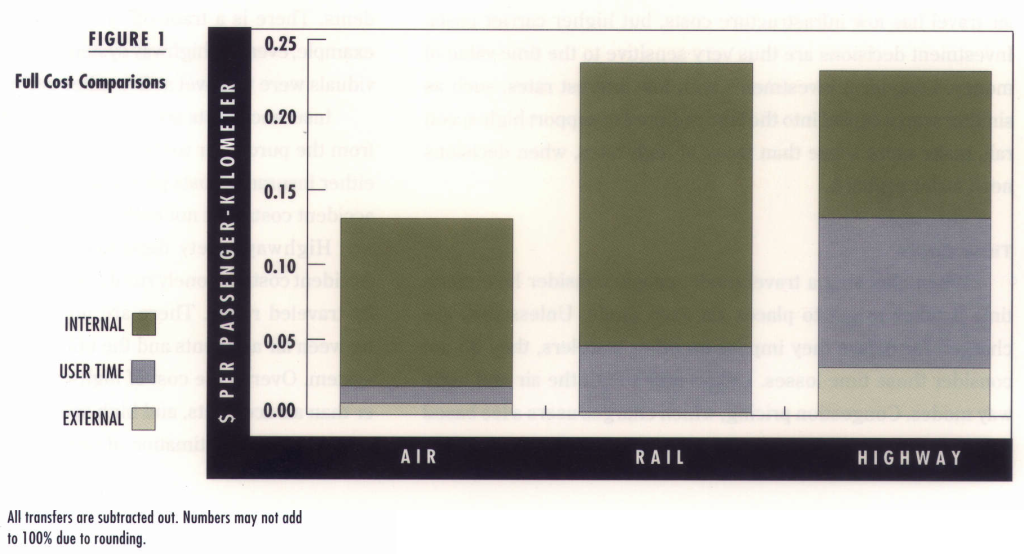juddles
Suspended
- Joined
- Aug 2, 2011
- Posts
- 5,283
- Qantas
- Platinum 1
Hi all,
the thread title explains what I am contemplating at the moment. I think about this both due to curiosity about our "national flag carrier", but also for personal reasons, as I am LTG and forever toying with the idea of jumping ship.
This is solely about QFi - domestic and jetstar are not in my care-factor envelope.
The way I see it (and I am by no means an expert - not even close), I perceive that QFi is being led on a path that involves great long-term planning. The first step was to cut as many non-profitable routes as possible. That is done. The second part was to foster profitable partnerships, especially Emirates. With codeshares they have been able to keep offerring QF tickets despite reductions and changes in routes.
But where I see them heading, very specifically, is to a be a leader in the new concept of ultra-long haul point-to-point routes. I have no doubt that within but a couple of years the aircraft will be available, and I think QFi will find its niche as a full-service, ultra-long-haul specialist.
Qantas has always suffered from two big problems - we (as in Australia) are a small market in global terms, and we are so far away from everywhere. I am not a QF shareholder, but if I was, I would be very happy with what is slowly happening.
A big prediction I want to make is that QFi will again become a Boeing-dominated airline. The 787 I think will be one of the most successful long-haul aircraft in history. But I am also sure that for the new era of ultra-long-haul, new versions of the 777 will become the standard for at least the next ten or twenty years.
QFi will morph into a first-rate, premium cabin heavy, point-to-point specialist. They will ride nationalism and FF program internally, they will use their safety history everywhere, and they will avoid at all costs any route that is not profitable.
There will be interesting times ahead in the QF/Emirates relationship. Emirates is built on a "one-stop from anywhere to anywhere" concept, and with codeshares QF is riding the investment EK has made, but I see that as merely QFi "using them" in this interim period. Qantas knows that soon the aircraft will be available to delete that "one-stop".
Beyond the next ten years, I think that globally the new model will reach the apex, the ideal, that was inevitable. Point-to-point. Zero stopovers. The only unknown will be how to balance the smaller routes.
Thoughts?
the thread title explains what I am contemplating at the moment. I think about this both due to curiosity about our "national flag carrier", but also for personal reasons, as I am LTG and forever toying with the idea of jumping ship.
This is solely about QFi - domestic and jetstar are not in my care-factor envelope.
The way I see it (and I am by no means an expert - not even close), I perceive that QFi is being led on a path that involves great long-term planning. The first step was to cut as many non-profitable routes as possible. That is done. The second part was to foster profitable partnerships, especially Emirates. With codeshares they have been able to keep offerring QF tickets despite reductions and changes in routes.
But where I see them heading, very specifically, is to a be a leader in the new concept of ultra-long haul point-to-point routes. I have no doubt that within but a couple of years the aircraft will be available, and I think QFi will find its niche as a full-service, ultra-long-haul specialist.
Qantas has always suffered from two big problems - we (as in Australia) are a small market in global terms, and we are so far away from everywhere. I am not a QF shareholder, but if I was, I would be very happy with what is slowly happening.
A big prediction I want to make is that QFi will again become a Boeing-dominated airline. The 787 I think will be one of the most successful long-haul aircraft in history. But I am also sure that for the new era of ultra-long-haul, new versions of the 777 will become the standard for at least the next ten or twenty years.
QFi will morph into a first-rate, premium cabin heavy, point-to-point specialist. They will ride nationalism and FF program internally, they will use their safety history everywhere, and they will avoid at all costs any route that is not profitable.
There will be interesting times ahead in the QF/Emirates relationship. Emirates is built on a "one-stop from anywhere to anywhere" concept, and with codeshares QF is riding the investment EK has made, but I see that as merely QFi "using them" in this interim period. Qantas knows that soon the aircraft will be available to delete that "one-stop".
Beyond the next ten years, I think that globally the new model will reach the apex, the ideal, that was inevitable. Point-to-point. Zero stopovers. The only unknown will be how to balance the smaller routes.
Thoughts?















